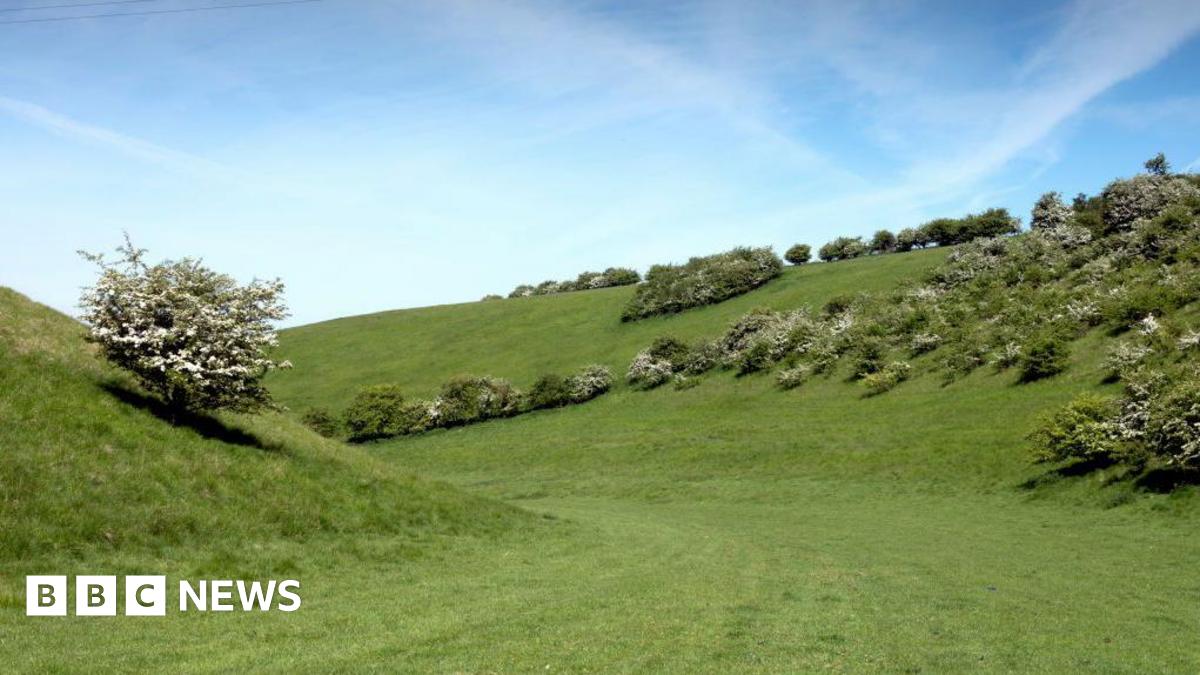At the combined authority’s executive board meeting on Friday, Hull and East Yorkshire Mayor Luke Campbell asked whether the designation would protect the area from solar farms construction.
Stephen Hunt, director of planning and development at East Riding Council, said: “It does raise the bar for new developments in terms of what would be allowed.
“Large-scale proposals like solar farms and large wind turbines would have an impact on the landscape and would be more severely controlled by an AONB designation.”
Anne Handley, leader of East Riding Council, asked whether farmers who wanted to build on their land would be subject to special planning regulations.
Mr Hunt said some planning rights might be removed, but the authority could work with landowners to try to reach solutions.
If the idea goes ahead, the AONB would cover about 180 sq miles (465 sq km).
Natural England said the Yorkshire Wolds included “dramatic steep-sided dry valleys, high but gentle escarpments, dramatic coastal cliffs and open, rolling agricultural plateaux”.
It added: “Natural and cultural heritage in the area includes ancient woodland, species-rich grasslands, chalk streams, Iron Age settlements, abandoned medieval villages and Georgian manors and parkland.”
